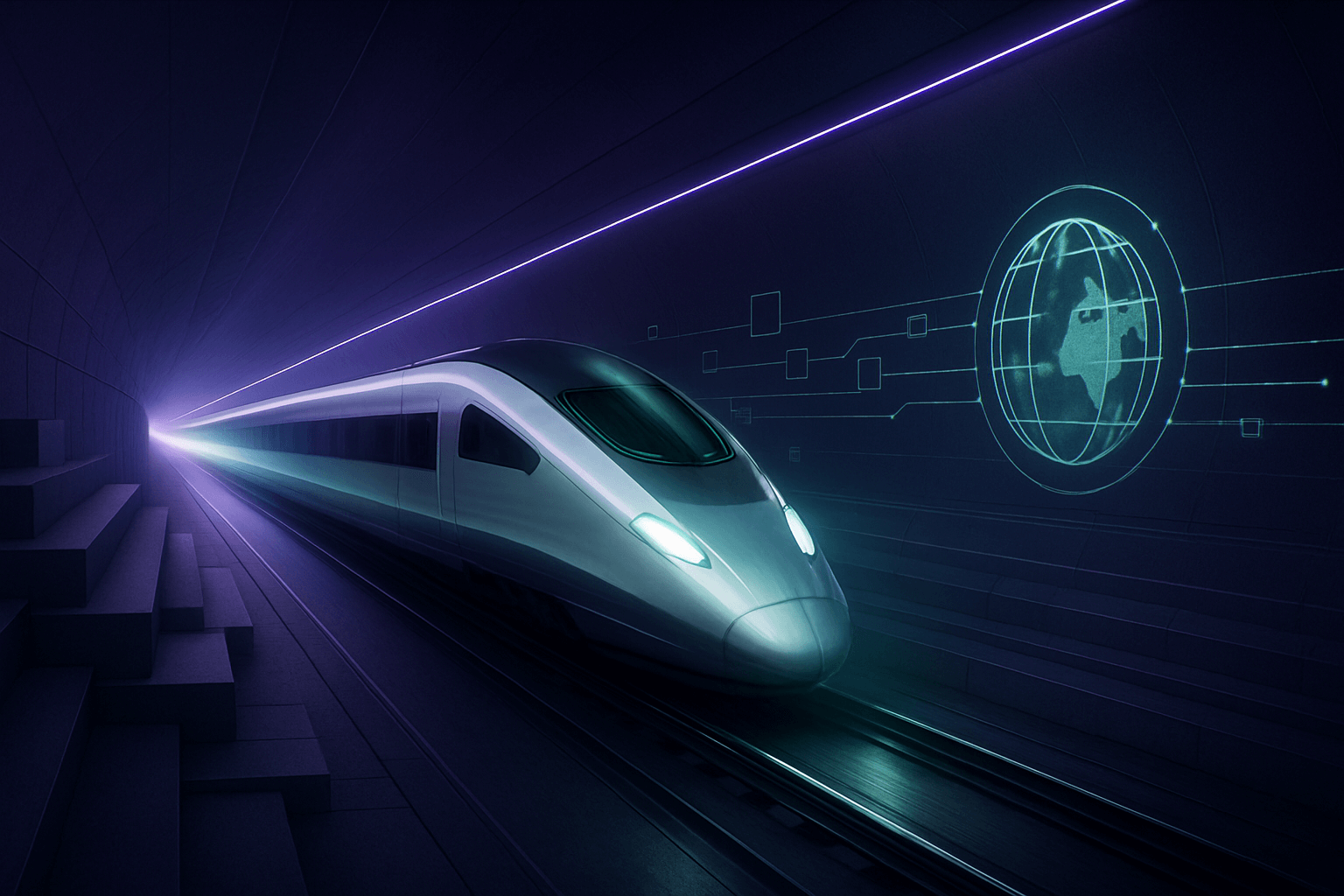
Sink or Swim: The cost of legacy tech inertia
Written By: Magnus Almqvist, Head of Sales, Exberry
|
When it comes to upgrading legacy technology, without impacting day-to-day operations, financial exchanges are confronted with an incredibly difficult task. Exchanges need to deal with colossal, complex systems and a huge array of interdependencies between upstream and downstream processes.
Yet there is also massive risk in terms of not upgrading trading infrastructure and getting left further and further behind. How can exchanges successfully start their upgrade journey?
Costs of inertia
First off, we should examine why it matters if stock exchanges get stuck with outmoded technology. The primary concern lies in the potential loss of initiative for national critical infrastructures. In the face of global competition, national stock exchanges, unable to launch new products or markets due to outdated trading systems, can harm the local economy and make it more difficult for small local companies to raise much needed capital.
Sticking to legacy systems can also lead to numerous risks, including the exposure of running on obsolete hardware no longer supported with security and functional upgrades, as well as capacity restraints resulting from the lower processing and memory limits typically associated with older systems. Further, as financial trading ecosystems increasingly adopt new technologies, exchanges are confronted with key person risk, in that there is nobody left with knowledge of the outdated code (and new developers are simply not interested in learning it).
Cost of ownership is also a factor. Regression testing on monolithic systems, as opposed to automated testing, represents a huge expense, not to mention the substantial expenditure involved with running on dedicated data centres.
The journey of modernisation
New technologies are now available that are pioneering and revolutionising the world of infrastructure used by stock exchanges. For instance, today we see a regulated futures market entirely operated by a SaaS-delivered, cloud-based end-to-end system, unthinkable only a few years ago.
For exchanges wanting to go down a similar path and replace their legacy systems, the process should be viewed as a journey and a change of mindset, rather than undertaking a big-bang approach. There are also various considerations that should be taken into consideration, including:
- Are there any quick wins?
- Which parts of the operations or business can upgrade, while others remain on the legacy tech?
- Looking at the areas prime for upgrades and the required steps, what sequence of upgrades makes sense? And what flexibility can the vendor offer in how these components are delivered and integrated?
The answers will be different for each organisation – there is no one-size-fits-all solution. For example, a full replacement may not be a viable option for some. In this scenario, carefully chosen parts of the system should be changed one at a time. Over a period of a few years, they will then be running on a modern system, where it makes sense to do so.
There are a number of benefits to upgrading. Modern technology platforms that are adaptable and more advanced can better navigate and keep updated to regulatory change. Organisations that embrace new ideas can properly engage with regulators and central banks to explain the benefits of a new initiative and how it can fit into the regulatory framework.
There are also benefits from implementing Agile methodology typically associated with modern tech delivery. Benefits include:
- Time to market: As software development is broken down into smaller, manageable pieces, companies can deliver in a faster time to market
- Lower cost of ownership: The cost and risk of implementing a change and keeping the system up to date is much lower than the alternative of immense infrequent updates
- Operational efficiency: The creation of more streamlined operations, which can actually permeate an entire company.
A modernity mindset
To fully capitalise on upgrades, exchanges need to change their mindsets in order to realise the benefits of modern technology, and at the same time, it must be recognised that the journey to modernisation is not an easy one.
In order to truly leave a legacy system behind, you need to embark on a journey, and also accept that continuous change is the only constant. At a fundamental level, organisations need to accept continuous change.
Essentially, if an exchange does not upgrade to modern, flexible technology, then its competitors, likely already using modern technology or even being fintech start-ups, could potentially overrun it before it realises what has happened.

Innovation Spotlight: Abaxx Exchange Accelerates Commodity Futures Launch with Exberry
In today’s financial ecosystem, speed to market has evolved from an operational advantage to an essential mandate.

Speed Is the New Scale: Why Time to Market Now Defines Exchange Success
A striking 31-point decline in traditional exchange profit margins over the past decade reveals a profound shift in the financial markets landscape, according to a recent report by Accenture

Speed or Survival: Why Exchanges Can’t Afford Legacy Thinking in the Age of Margin Collapse
Forward-thinking exchange executives already recognise the path forward. They are prioritising investments in cybersecurity, data, and cloud capabilities, as the Accenture survey clearly demonstrates.

